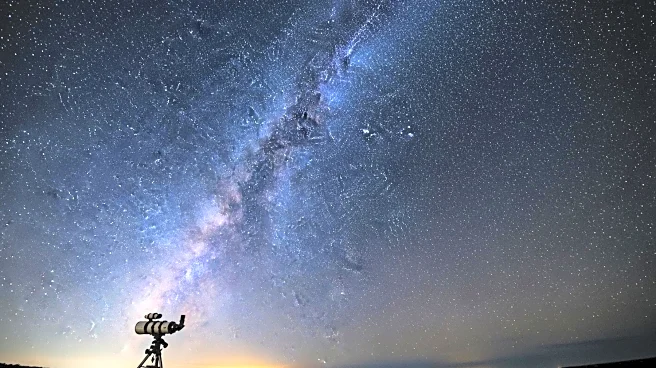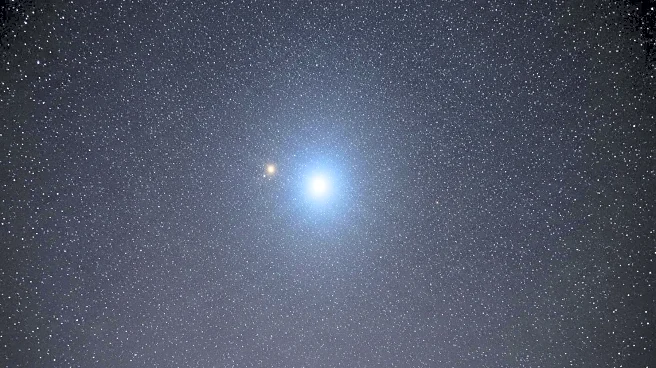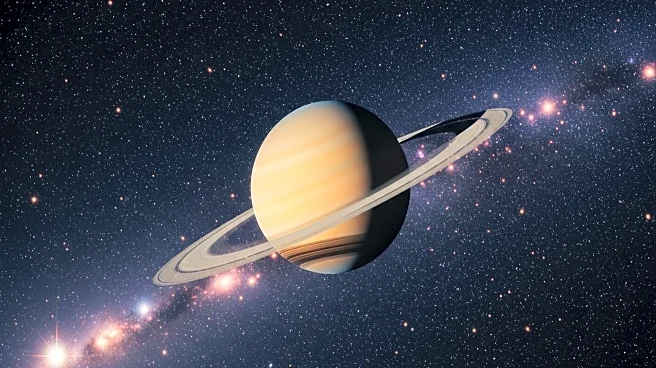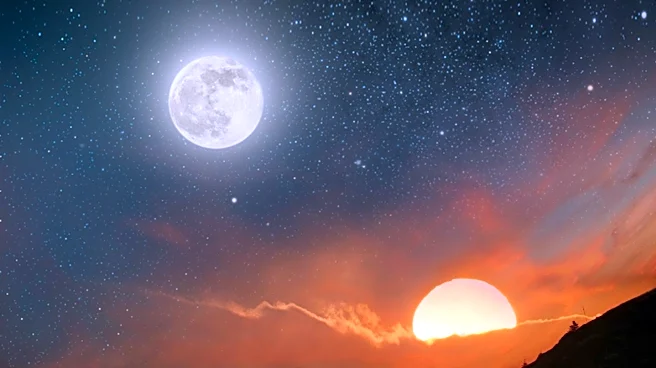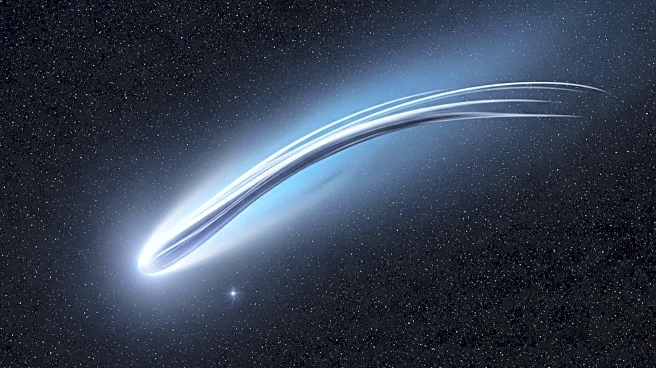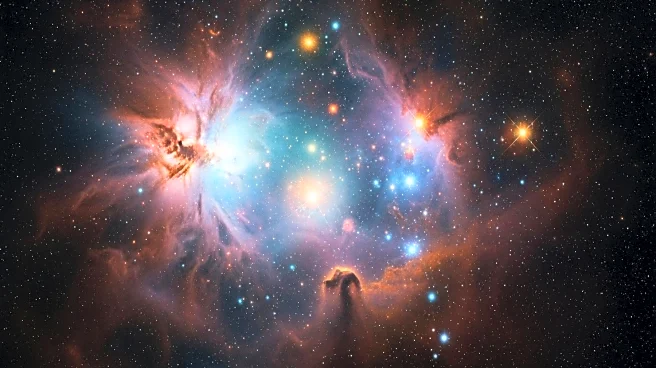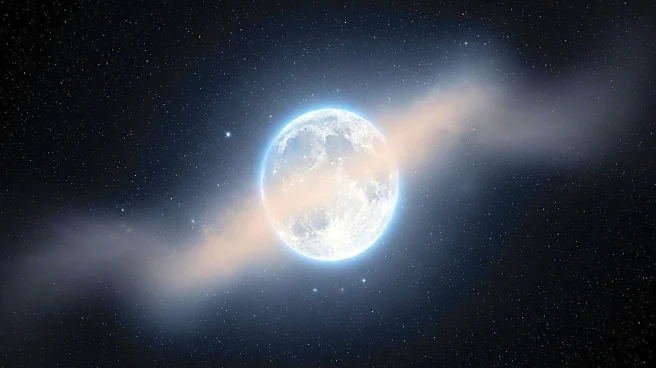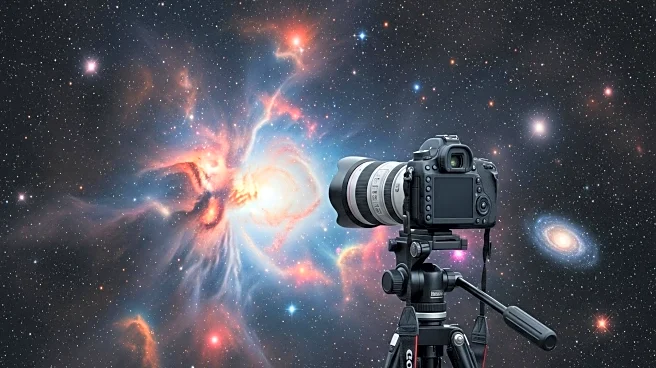What's Happening?
The gegenschein, a faint brightening of the night sky directly opposite the Sun, is caused by interplanetary dust reflecting sunlight. This phenomenon is observable under dark skies with a limiting magnitude of 6 or better, ideally near local midnight when the antisolar point is at least 25° above the horizon. Historical records attribute early sightings to explorers and astronomers such as Alexander von Humboldt and Edward Emerson Barnard, who initially misinterpreted it as clouds or comets. Successful observation requires specific conditions, including moonless nights and avoidance of bright planets or the Milky Way in the antisolar direction.
Why It's Important?
The gegenschein offers astronomers a unique opportunity to study interplanetary dust and its effects on light reflection. Observing this phenomenon can enhance understanding of the solar system's dust distribution and its impact on celestial observations. It also provides insights into the dynamics of zodiacal light, contributing to broader research in planetary science and astronomy. The ability to observe such faint phenomena underscores the importance of dark sky preservation and the need for advanced observational techniques.
What's Next?
Astronomers may continue to refine methods for observing the gegenschein, potentially developing new technologies to enhance visibility under varying conditions. Efforts to preserve dark skies could be prioritized to facilitate such observations. Additionally, researchers might explore the relationship between interplanetary dust and other cosmic phenomena, expanding the scope of studies in solar system dynamics. Collaborative projects could emerge to document and analyze gegenschein sightings globally, contributing to a comprehensive understanding of this elusive glow.

